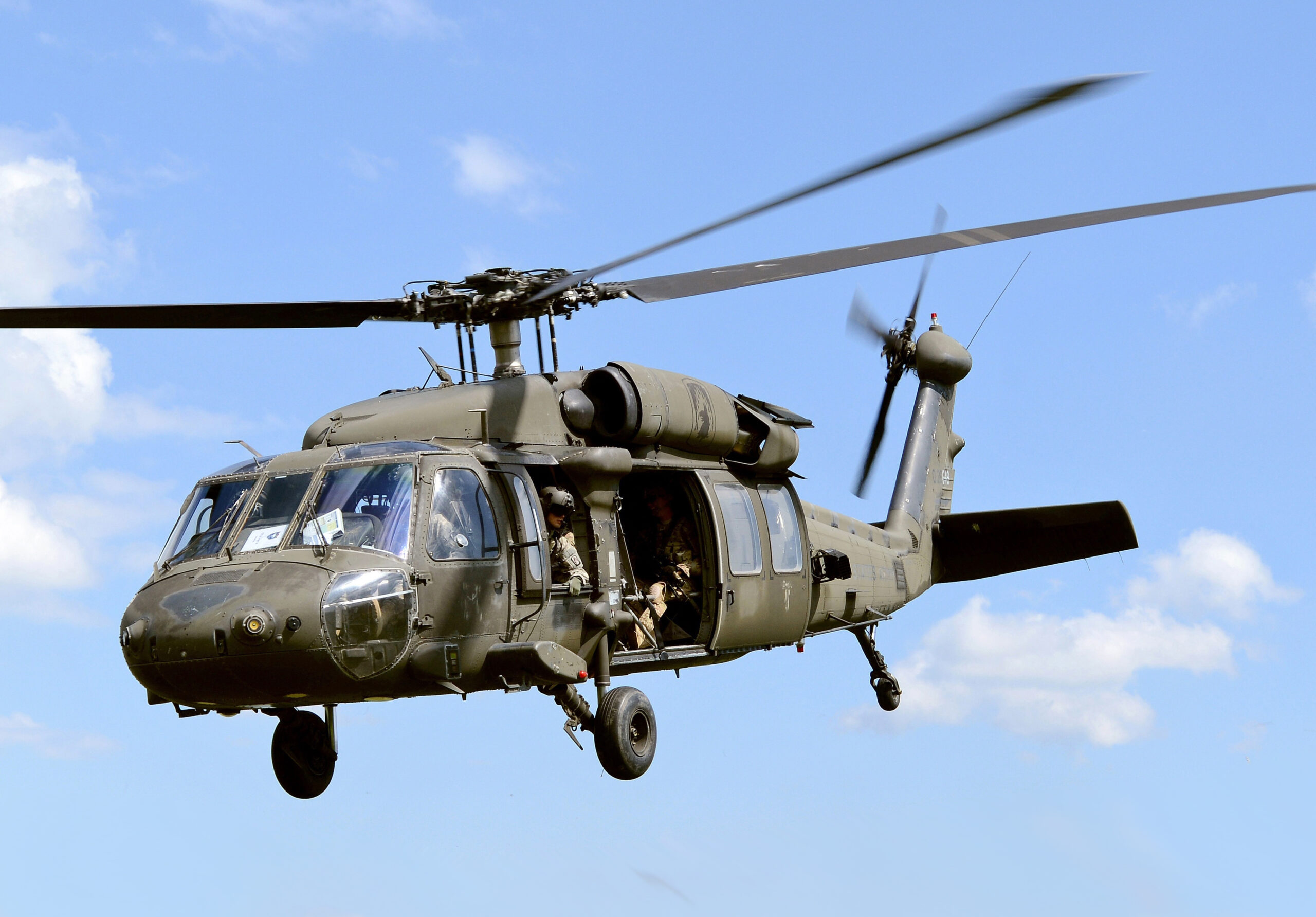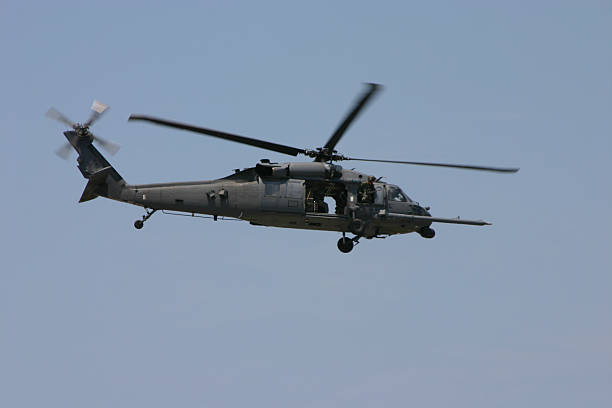

Green Taxi’s eTaxi system is designed for widespread adoption across the aviation industry—including commercial, cargo, business jet, military, and helicopter operators. Any fixed- or rotary-wing aircraft equipped with an Auxiliary Power Unit (APU) is a candidate for the system.
For commercial and cargo carriers, Green Taxi improves on-time performance, reduces fuel costs, and supports carbon reduction goals. Business aviation benefits from quieter operations, reduced ground equipment needs, and enhanced sustainability credentials. Military and humanitarian operators gain agility and independence in austere or remote environments—extending engine life, reducing maintenance cycles, and enabling covert or self-sufficient ground movement.
Green Taxi has already secured traction with leading airlines and OEM partners, including support from the FAA via a $5.6M development grant. With a total addressable market of over 10,000 aircraft, the system is positioned to become a standard for sustainable ground operations worldwide.

Business jet operators gain meaningful advantages from Green Taxi, including reduced reliance on ground support equipment, improved operational efficiency at smaller or less-equipped airports, and enhanced sustainability credentials—an increasingly important priority for corporate and high-net-worth travelers.
These operators also face unique logistical challenges, such as estimating reserve fuel due to variable taxi times or preparing for infrastructure limitations at destination airports. In some cases, larger jets must carry a 150–200 lb. towbar to ensure compatibility. As sustainability grows in importance to shareholders and customers alike, many Fortune 500 companies are embracing green aviation solutions like Green Taxi to reinforce their brand leadership and environmental commitments.

Taxiing helicopters in congested ramp areas is inherently risky. Green Taxi enables operators of wheeled helicopters to move the aircraft on the ground without engaging the main or tail rotors, both before takeoff and after landing. This significantly reduces the risk of blowing debris, foreign object damage (FOD), personnel injuries from rotor strikes, and collisions with nearby aircraft or ground vehicles. Global Market Momentum